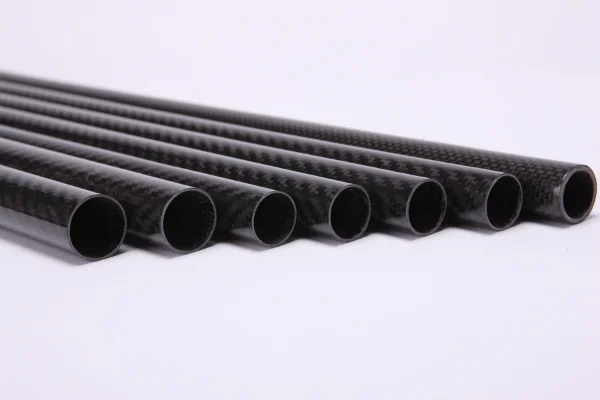views
Carbon fiber tube is an ideal choice for many fainting enthusiasts and professionals in the manufacturing industry. Using the stiffness of carbon fiber, the rigid but lightweight tubular structure can be widely used.
Carbon fiber tubes can replace steel, but more often they replace aluminum. In many cases, the weight of a carbon fiber tube may be 1/3 of that of an aluminum tube, but it still has the same or better strength characteristics. Therefore, carbon fiber tubes are often used in industries where weight reduction is critical, such as aerospace, racing, and leisure sports. The most common carbon fiber tubular outline shapes are square, rectangular and circular. Rectangular and square profiles are often referred to as "box beams". The carbon fiber box beam provides excellent stiffness to the structure and simulates two parallel I-beams.
Application of carbon fiber tube
In any application where weight is critical, it would be beneficial to switch to carbon fiber. The following are some of the most common uses of carbon fiber tubes:
Aerospace beams and spars
Structural components of Formula One
Arrow shaft
Bicycle tube
Kayak paddle

Pultruded carbon fiber tube
Hollow composite structures can be difficult to manufacture. This is because pressure needs to be applied to both the inside and outside of the laminate. Carbon fiber tubes with continuous profiles are usually manufactured by pultrusion or filament winding. Pultruded pipe is by far the most cost-effective method of manufacturing continuous composite profiles. When pultruding a hollow tube, a "floating mandrel" is required. The chrome steel rod is firmly fixed on the side where the mold enters the raw material. The distance to install the hardware is far enough so that it will not interfere with the impregnated fiber when it enters the mold. The space between the mandrel and the mold will determine the wall thickness of the carbon fiber tube. Pultruded carbon fiber tubes can produce tubes of almost any length. The transportation of pipes is usually limited by length. In pultrusion, most of the fibers will extend in the direction of the tube. This produces a tube with great stiffness, but not much hoop or lateral strength.
Filament wound carbon fiber tube
In order to improve the strength and performance in all directions, filament winding is an effective method for manufacturing carbon fiber tubes. The basic method is to wind the continuous fiber or cloth tape impregnated with resin glue on the core mold according to a certain rule, and then solidify and demold into a composite product. This method is mainly used to manufacture rotationally symmetrical products such as circular pipes, pressure tanks, and storage tanks. Its characteristic is that the molding process is continuous and completed at one time; the shape and size of the product can be guaranteed, and the strength in the diameter direction is high. However, special winding machines and auxiliary equipment are required, and the production cost is relatively high. Filament wound tubes are cost-effective and have excellent performance, but the biggest limitation depends on the length of the winding machine.
As a professional manufacturer of carbon fiber products, Wuxi Coreco is welcome to inquire and customize.











